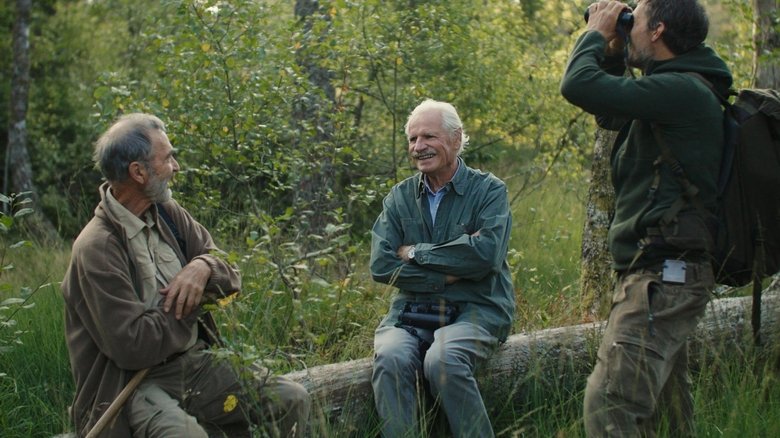Ladakh: Desert in the Skies (1995)
The mountainous desert of Ladakh is one of the most desolate places on our planet. Here freezing winds sweep down from the Himalayas and shape the life of its inhabitants.
The mountainous desert of Ladakh is one of the most desolate places on our planet. Here freezing winds sweep down from the Himalayas and shape the life of its inhabitants.
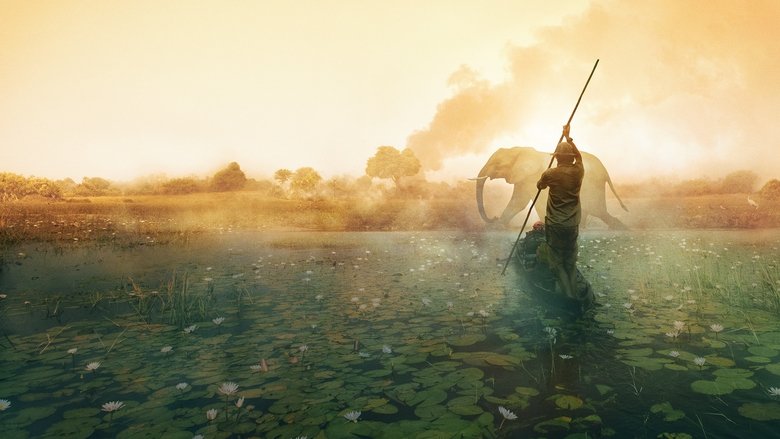
A passionate conservation biologist brings together a river bushman fearful of losing his past and a young scientist uncertain of her future on an epic, four-month expedition across three countries, through unexplored and dangerous landscapes, in order to save the Okavango Delta, one of our planet's last pristine wildernesses.
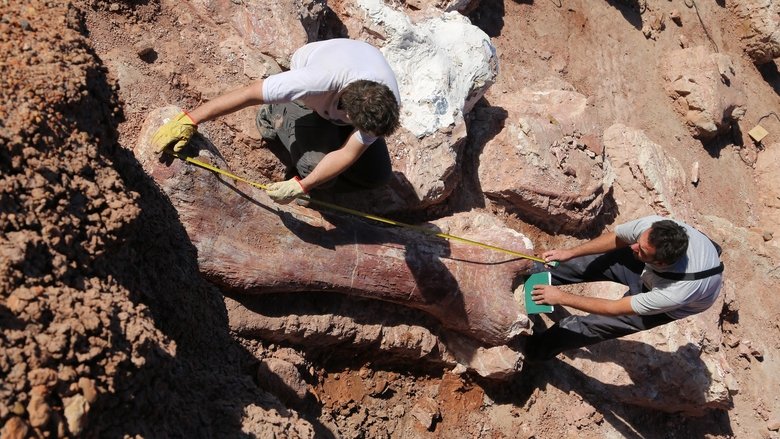
David Attenborough tells the story of the discovery and reconstruction in Argentina of the world's largest-known dinosaur, a brand new species of titanosaur.
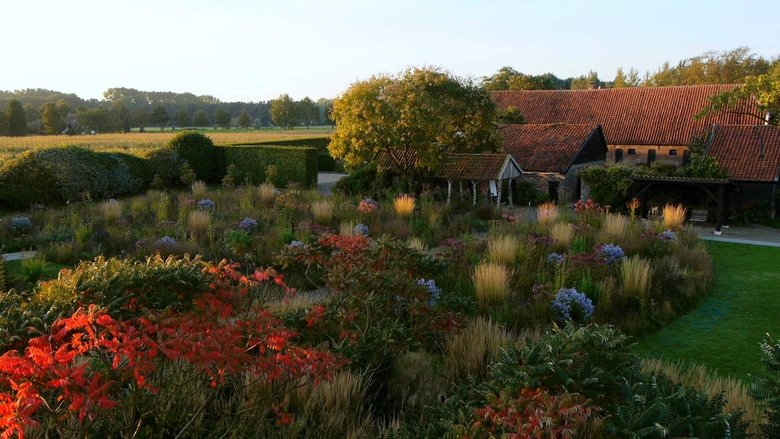
Viewers are immersed in revolutionary landscape designer Piet Oudolf’s work and given an insight to his creative process, from his beautifully abstract sketches, to theories on beauty, to the ecological implications of his ideas.
Little Monsters presents some of the animal kingdom’s strangest survival strategies: poison dart frogs, chameleons, praying mantises and scorpions, to name but a few. Thanks to 3D visualization, large audiences can experience a chameleon thrusting out its tongue at close range, rattlesnakes striking at their targets to within fractions of an inch, praying mantises hunting and hummingbirds feeding, filmed from inside the flower! And with its ingenious combination of slow-motion 3D and timelapse 3D, “Little Monsters” even improves upon state of the art 3D for greater impact, yielding unbelievable scenes the world has never seen and “felt” before.
Photomicrography reveals the unusual structure and behavior of the Venus's flytrap, the trumpet plant, the cobra plant, the common pitcher plant, the sundew plant and the utricularia.
The trials and tribulations of a sea otter pup growing up on the coast of California. The Californian sea otter is one of the rarest, and possibly cutest animals in the world. So when a sea otter mum decides to have her pup amongst the yachts of a millionaires' marina, it is a unique event. The mum must teach her baby how to dodge the boats and find the food in this busy harbour. However, the arrival of a tough male sea otter signals disaster for the family. When mum is attacked, the poor pup is left on her own and must fight for survival.
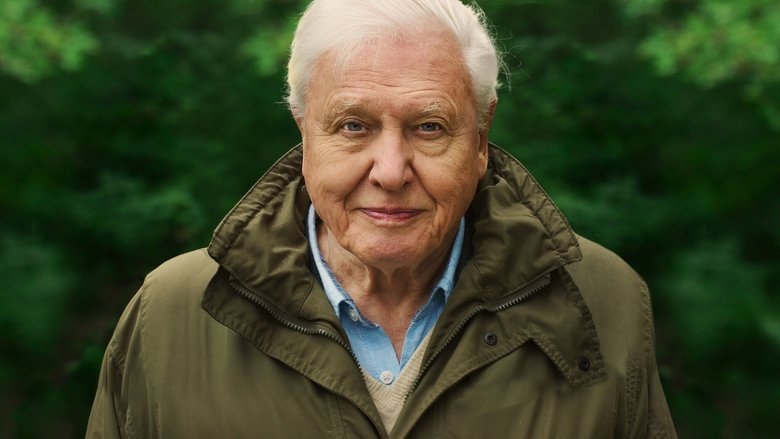
The story of life on our planet by the man who has seen more of the natural world than any other. In more than 90 years, Attenborough has visited every continent on the globe, exploring the wild places of our planet and documenting the living world in all its variety and wonder. Addressing the biggest challenges facing life on our planet, the film offers a powerful message of hope for future generations.
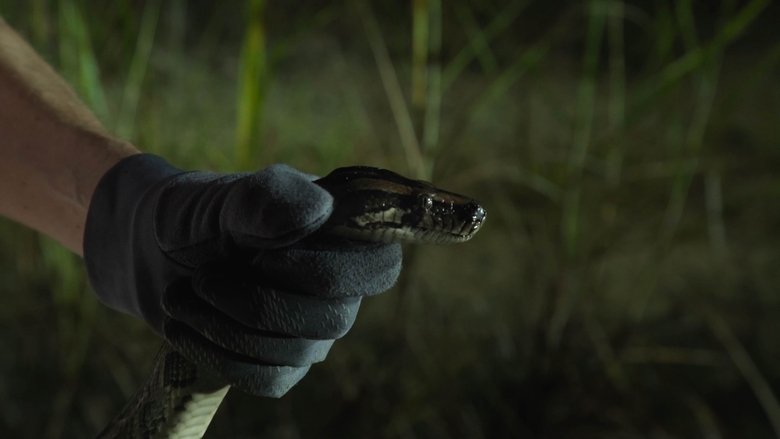
An ode to the Florida Everglades, past and present, told through the prescient writings of Marjory Stoneman Douglas and those who today call the region home.
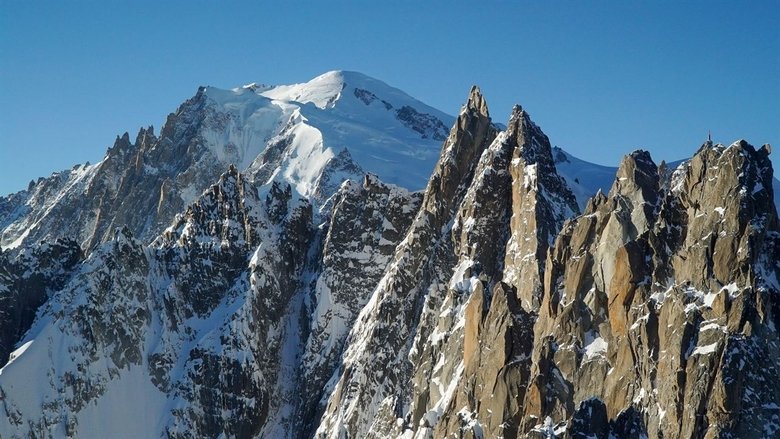
The Alps – wild mountains, extreme lives, but also a magical world. This majestic mountain range connects eight countries and reaches heights of up to 4,000 metres above sea level. At a length of 1,200 kilometres, the Alps form both a connecting bridge between western and eastern Europe and a high barrier between southern and central Europe. The mountains act as a mighty water reservoir and continental watershed, feeding innumerable rivers that flow into three different oceans. Their highest peak, Mont Blanc, is surrounded by long, soaring mountains with ice-covered slopes. These great summits are just one reason the so-called “Roof of Europe” continues to fascinate – across the continent and around the world. The incredible diversity of landscapes, flora and fauna makes the Alps a unique natural treasure at the heart of Europe.
Filmed by Emmy Award-winning cinematographer Al Giddings, this timeless program takes a stirring look at the largest, tallest, longest-living things on the planet: trees. Stunning location footage captures the variety and the grandeur of the Pacific Northwest, the Florida Everglades, the Shenandoah Valley, and the Great Sonoran Desert. Quotations from Sierra Club founder John Muir and others who revere nature are interwoven with information on topics ranging from the function of forest ecosystems, to the effects of deforestation, to the integration of parks into urban landscapes.
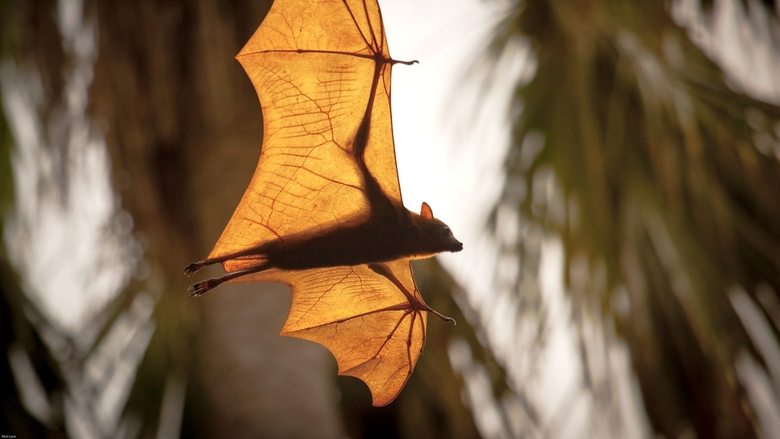
The wildlife and cultures of southern Asia have been shaped by one of the greatest phenomena on Earth: the mighty monsoon winds that sweep across this vast region, turning drought into deluge. All life – human and animal – is dominated by this rampaging weather system. From the northern shores of Australia to the highest peaks of the Himalayas and the wind-blown deserts of northern India to the lush equatorial forests of Borneo, this series makes an exhilarating journey through the lands of the monsoon. Along the way, it offers a taste of the variety and colour of the different regions’ most extraordinary wildlife and cultures and the way they cope with the tumultuous weather. This is the story of a relationship between humans and nature that has grown across thousands of years – all living in the shadow of the monsoon.

This is the story of a vegetable garden, from the first seeds to the harvest. But this garden is different, because here the gardener has decided to banish pesticides and other chemicals, and to be helped only by discreet workers, the insects. As we dive into the heart of this plant kingdom, we discover thousands of tiny lives that organize themselves as in a micro-society: decomposing insects, recyclers, pollinators, the workers of the garden work to maintain a fragile balance within the vegetable garden. As the plants grow and begin to produce their first vegetables, the incredible interactions between insects and plants help protect the future harvest. But it is also their personal stories that punctuate the life of the garden. Between parades, mutual aid and attempted putsch, the story of the vegetable garden thus takes the form of a true nature tale.
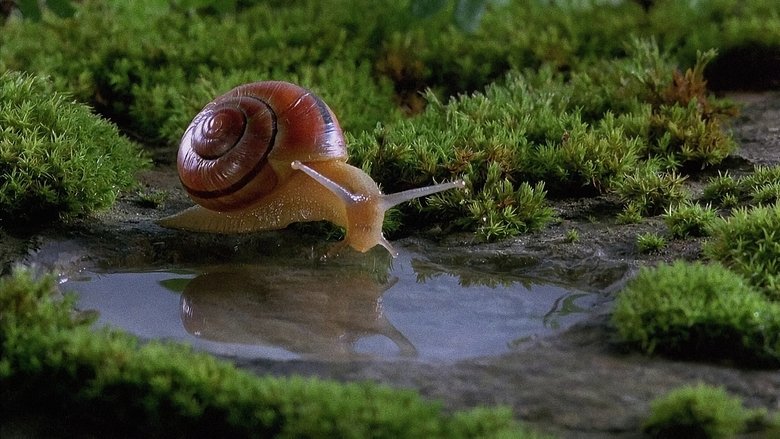
A documentary of insect life in meadows and ponds, using incredible close-ups, slow motion, and time-lapse photography. It includes bees collecting nectar, ladybugs eating mites, snails mating, spiders wrapping their catch, a scarab beetle relentlessly pushing its ball of dung uphill, endless lines of caterpillars, an underwater spider creating an air bubble to live in, and a mosquito hatching.
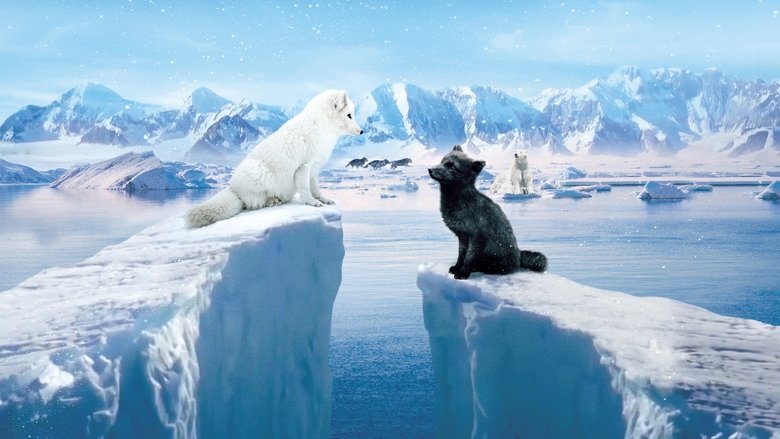
Kina & Yuk are two Arctic foxes, ready to start a family. But the climate is warmer, and the food is more and more rare. Kina & Yuk are obliged to venture far and far away.
Tale of a Lake is a film about the thousands of lakes that Finland is known for. It takes the viewers on an unprecedented adventure, ranging from the crystal clear springs all the way to the basins of the big lakes. It opens a whole new world of underwater nature for the viewers, and tells about the many old tales and beliefs in the land of thousands of lakes. The story of the film is told through tales that are based around the myths, legends and old beliefs that are part of the Finnish mythology.
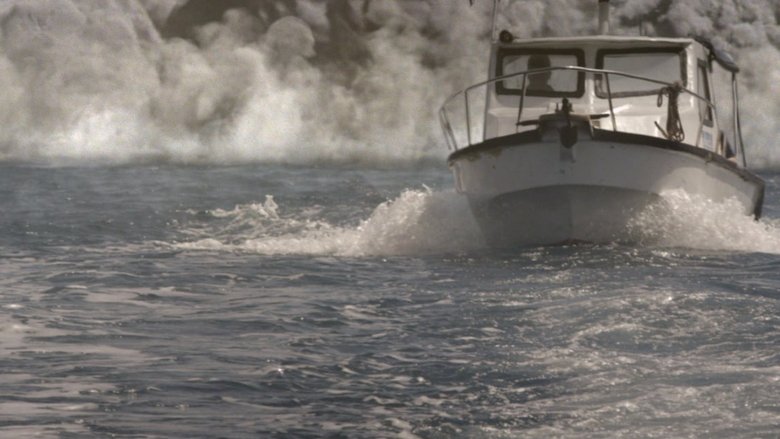
National Geographic gets 10 experts to pick the most significant natural disasters ever, adding eyewitness accounts and CGI to flesh out the stories.
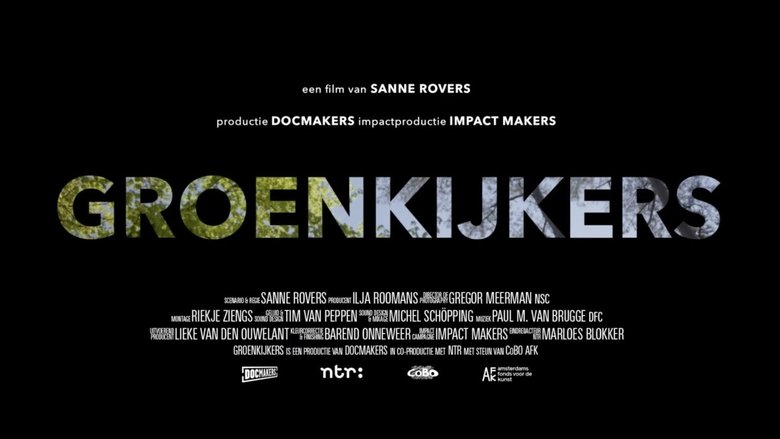
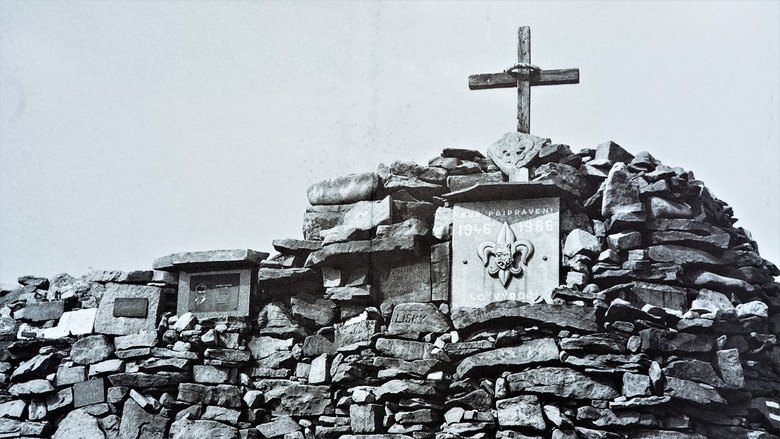

A look at the state of the global environment including visionary and practical solutions for restoring the planet's ecosystems. Featuring ongoing dialogues of experts from all over the world, including former Soviet Prime Minister Mikhail Gorbachev, renowned scientist Stephen Hawking, former head of the CIA R. James Woolse
